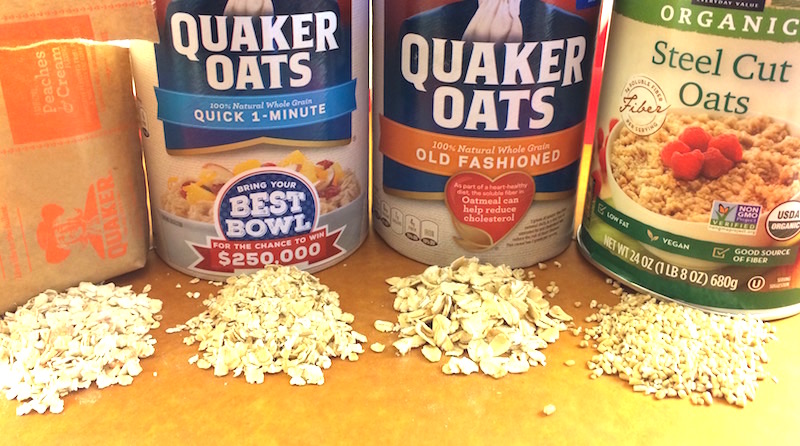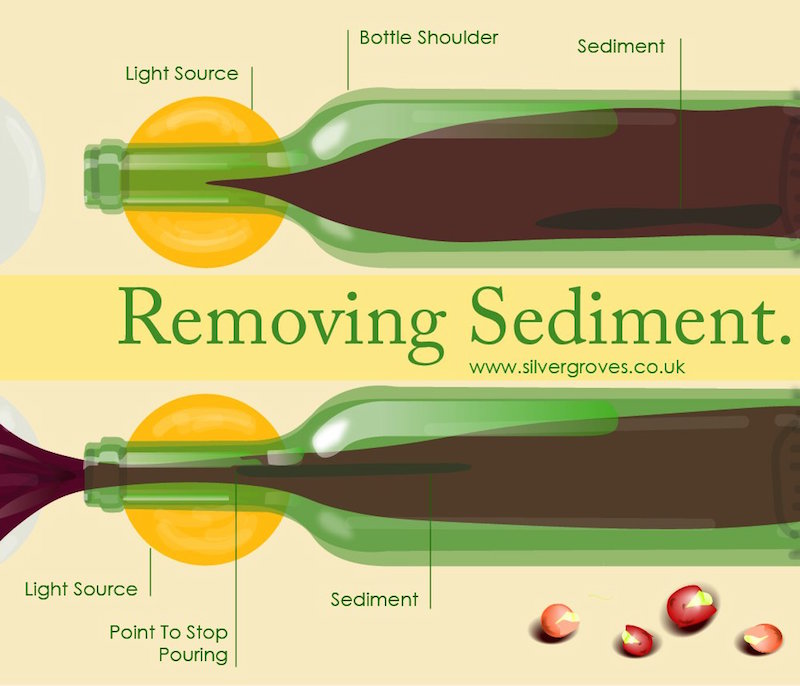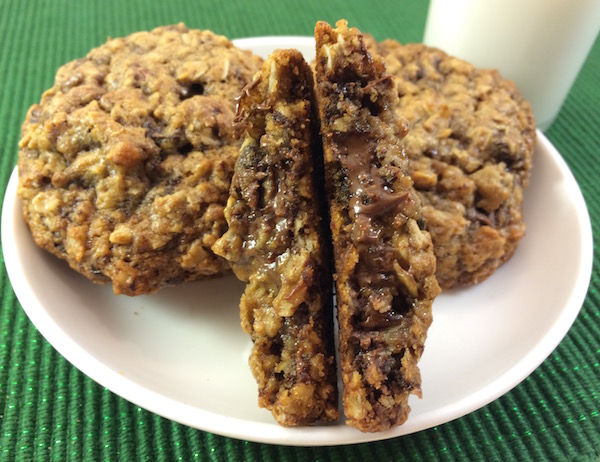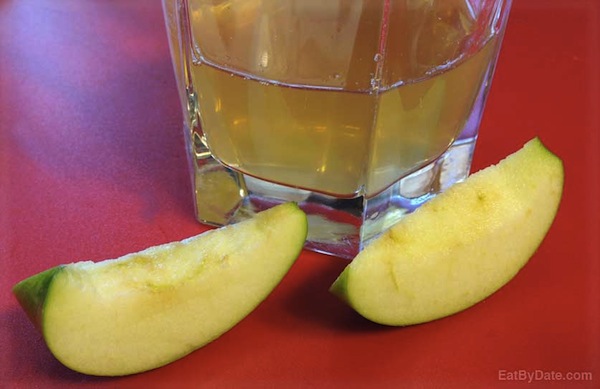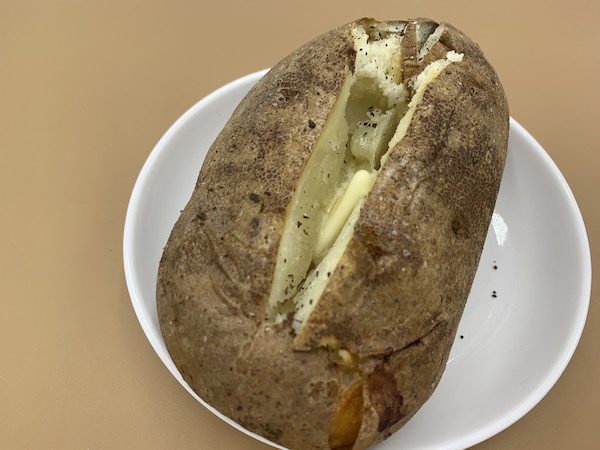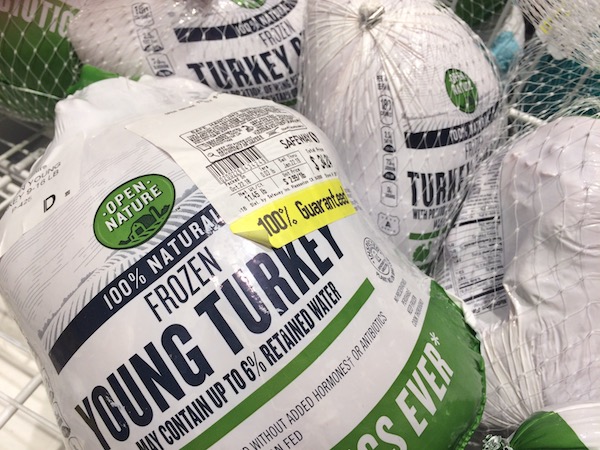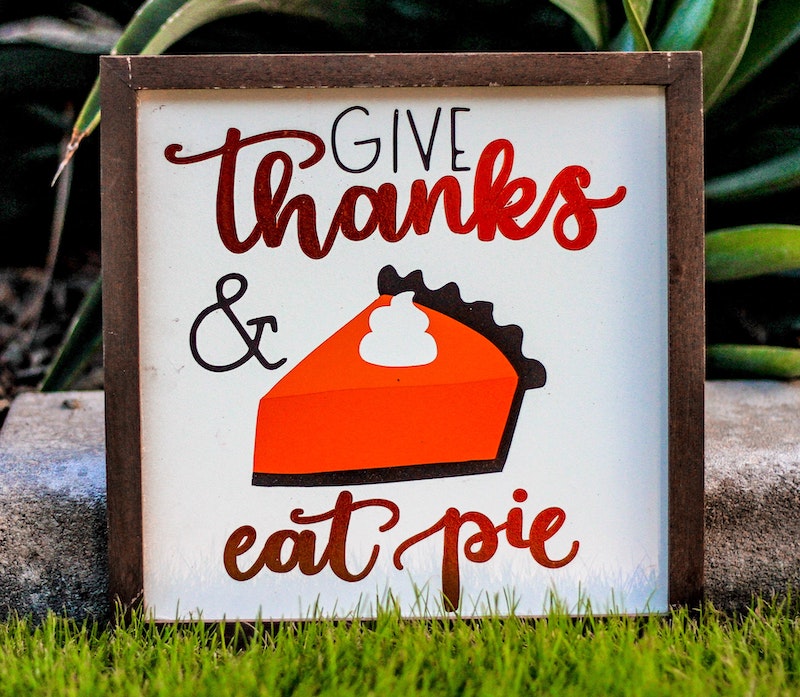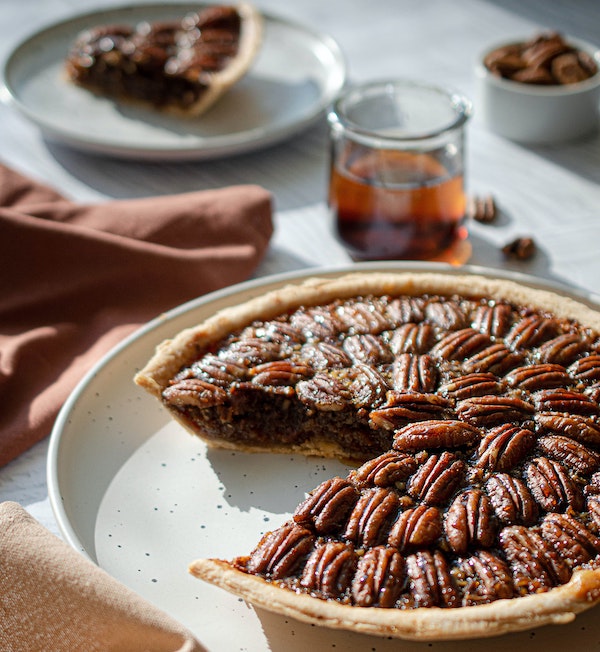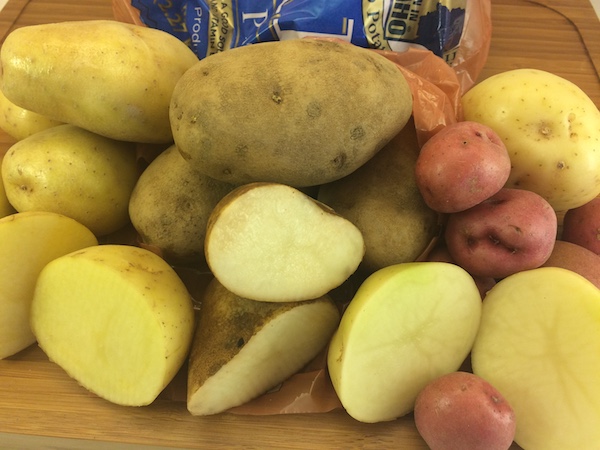What Is Gluten-Free?
You may have noticed a lot of new products on the grocery shelves lately that are labeled “gluten-free” and may be wondering what that label means. Well, let’s start at the beginning and define what is gluten? Gluten is a protein that is found naturally in many grains such as wheat, rye and barley.
So, what is a gluten-free diet?
A gluten-free diet is one in which you avoid all foods containing gluten.
Which brings up the question – who should follow a gluten free diet?
People who have celiac disease need to follow a gluten free diet because they cannot tolerate gluten. Celiac disease is a digestive disease that damages the small intestine and interferes with the absorption of nutrients from food. Following a gluten-free diet helps to treat the disease. If you have celiac disease and don’t follow a gluten-free diet, the consumed gluten causes inflammation of the small intestines. Keeping gluten out of your system (this is a forever thing by the way) helps to control the symptoms and prevent further complications.

What Is Gluten-Free?
Gluten-Free Foods
*It’s important to make sure all of these foods are not processed or mixed with gluten-containing grains, additives or preservatives. For instance breaded or battered fish would contain gluten and take that piece of fish off the gluten-free list.
Foods Containing Gluten
Gluten is found in many foods and may also be found in other products such as modified food starch, medicines, vitamins, lip balms, and even play dough. A gluten free diet may at first seem impossible, but many foods are naturally gluten free and substitutes are becoming more and more available for foods that normally contain gluten. Many specialty grocery stores now sell gluten-free foods, especially whole foods or health food stores. Williams-Sonoma has a great gluten-free flour that people make special trips to purchase. If you’re just starting on a gluten-free diet, it’s best to consult a dietitian who can give advice on how to avoid gluten while maintaining a balanced diet.
Foods to Avoid – Foods Containing Gluten:
| Foods | AVOID these foods for a Gluten-Free Diet |
|---|---|
| Wheat | Avoiding wheat products is usually the biggest challenge in a gluten-free diet. Wheat flour alone can go by many names including enriched, phosphated, plain and self-rising. Then there are multitudes of wheat products which must also be avoided, avoid anything with wheat in the name. |
| Barley | Anything with malt, malt flavoring and malt vinegar are usually made from barley. |
| Rye | |
| Triticale | a cross between wheat and rye |
| Bulgur | Bulgar, Farina, Graham flour, Durum flour, Kamut, Seminola, Spelt |
| Beer | And other Malt products like Malt flavoring and Malt vinegar |
| Bullion Cubes | Including Soups, Gravies, Sauces and Soy Sauce |
| Baked Goods | Bread, Cake, Pie, Cookies and Candy |
| Cold Cuts | Including hot dogs, salami, sausage, imitation meats & fishes |
| Snack Foods | Including all regular Chips, Crackers, Croutons, French Fries |
| Matzo | |
| Self-basting turkey | Natural turkey is fine |
| Communion Wafers | ! |
Note: *You must also be aware that Processed Foods MAY Contain Wheat, Barley, or Rye – unless they are specifically labeled “Gluten-free” (or made with a gluten free grain such as corn, rice or soy). When in doubt, check with the food manufacturer.
Cross-contamination and Other Gluten-free Problems
Cross-contamination occurs when gluten-free foods come into contact with foods that contain gluten. It can happen during the manufacturing process, for example, if the same equipment is used to make a variety of products. Some food labels include a “may contain” statement if this is the case.
**But beware – this type of label is voluntary on the part of the manufacturer (and not required of them).** You still need to check the actual ingredient list, and if it is still unclear whether it is gluten-free then don’t buy it or call the manufacturer.
Cross-contamination can also occur at home if foods are prepared on common surfaces or with utensils that weren’t thoroughly cleaned after being used to prepare gluten-containing foods. For example, using a common toaster for gluten-free bread and regular bread is a major source of cross-contamination.


